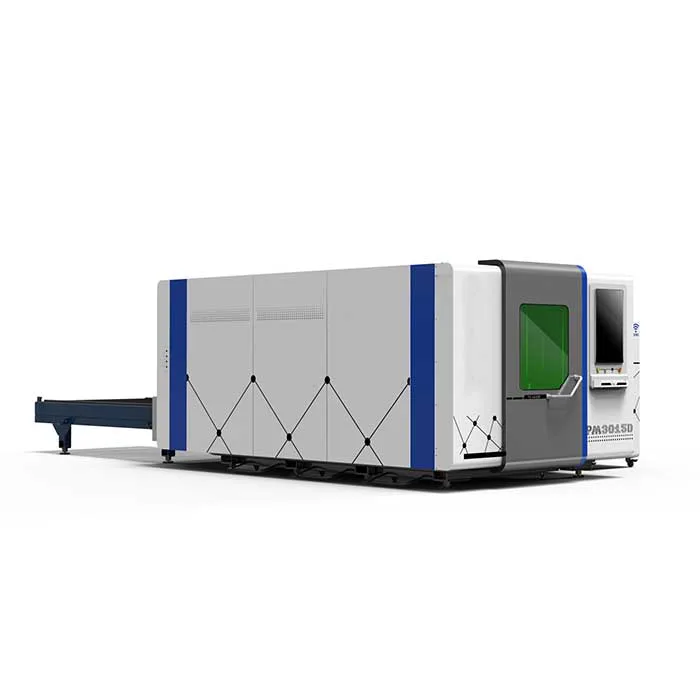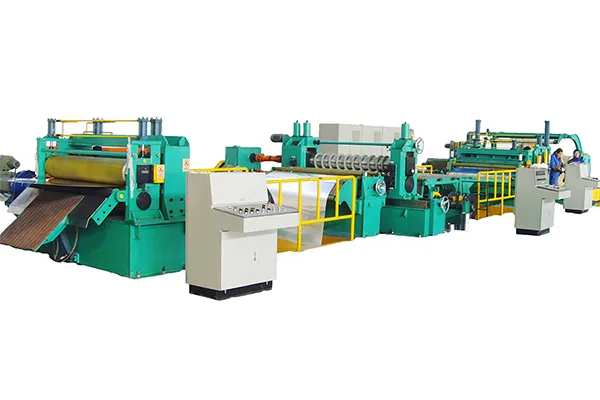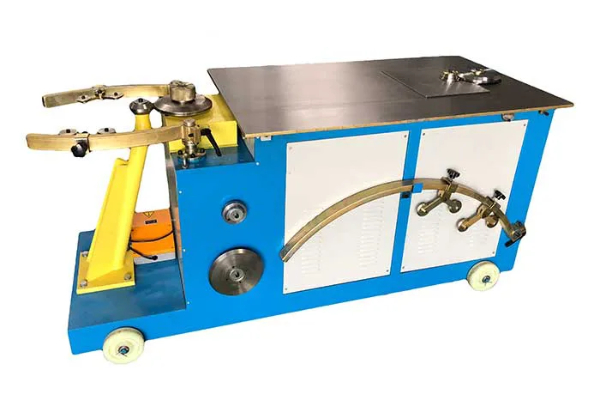
Tips for Choosing the Right Size and Specification of Roof Panel Machine
- By:Metmac
- 2024-09-03
- 158
Selecting the appropriate size and specifications for a roof panel machine is crucial to ensure efficient production and optimal performance. This guide provides comprehensive tips to assist in making informed decisions regarding the size and capabilities of the machine.
Production Capacity
Consider Roof Panel Type and Volume: Determine the type of roof panels to be produced, such as corrugated, trapezoidal, or standing seam. Assess the anticipated production volume to ensure the machine can meet the demand.
Calculate Machine Capacity: Estimate the required tonnage and speed to produce the desired panel lengths and thicknesses. Consider the thickness of the metal coil used, as thicker coils require higher tonnage.
Desired Panel Dimensions
Panel Length and Width: Determine the maximum length and width of the roof panels you plan to manufacture. Ensure the machine’s roll forming station is wide enough to accommodate the desired widths.
Panel Thickness and Profile: Specify the range of thicknesses and profiles required for the panel production. The machine should be capable of forming panels with the desired thickness and profile accurately.
Coil Specifications
Coil Width and Thickness: Choose a machine that accepts coils with the appropriate width and thickness for the desired panel dimensions. Ensure the maximum thickness the machine can handle is sufficient for the chosen coil thickness.
Coil Weight: Calculate the maximum coil weight the machine can carry and handle safely. This is important to prevent overloading and equipment damage.
Auxiliary Equipment
Accessories: Consider additional accessories such as cut-to-length systems, stacking and packaging equipment, and edge trimmers. Determine if the machine is compatible with these accessories and if they enhance productivity.
Safety Features: Prioritize safety by ensuring the machine has adequate safety guards, emergency stop buttons, and interlocks to protect operators during operation.
Technical Considerations
Drive System: Choose a drive system that provides the necessary power and speed for the production requirements. Options include hydraulic, electric, and hybrid systems.
Roll Forming Stations: Verify the number of roll forming stations and their configuration to achieve the desired panel profile. High-speed machines often require more forming stations for precise shaping.
Environment and Regulations
Machine Footprint: Determine the available space for the machine and ensure its dimensions are compatible with the production area.
Power Requirements: Check the machine’s power requirements and ensure it is compatible with the available electrical supply.
Local Regulations: Adhere to local regulations and industry standards for safety and environmental compliance. This may involve obtaining permits or meeting specific noise and emissions specifications.
-
Mastering Form and Force: A Guide to Modern Metal Plate Bending Machines
2025/12/16 -
Demystifying Sheet Metal Laser Cutting Machine Price: The METMAC Value Perspective
2025/12/16 -
Metal Sheet Machinery: The Engine of Modern Fabrication and the METMAC Advantage
2025/12/16 -
Beyond the Bend: The Power and Precision of the Modern Sheet Profile Machine
2025/12/16
-
Advanced Sheet Metal Rolling, Laser Cutting, and Folding Machines for Precision Fabrication
2025/10/31 -
High-Performance Sheet Metal Bending and Cutting Machines for Modern Fabrication
2025/10/31 -
High-Quality Sheet Metal Equipment for Sale: Efficient Solutions for Modern Manufacturing
2025/10/31 -
High-Performance Sheet Metal Equipment for Sale: Forming and Shearing Solutions for Modern Fabrication
2025/10/22
-
A Guide to the Latest Innovations in Sheet Metal Folding Machines
2024/11/29 -
Key Features to Consider When Investing in a Sheet Metal Folding Machine
2024/11/28 -
Enhancing Precision with Advanced Sheet Metal Folding Machines
2024/11/27 -
How to Choose the Right Sheet Metal Folding Machine for Your Workshop
2024/11/26







